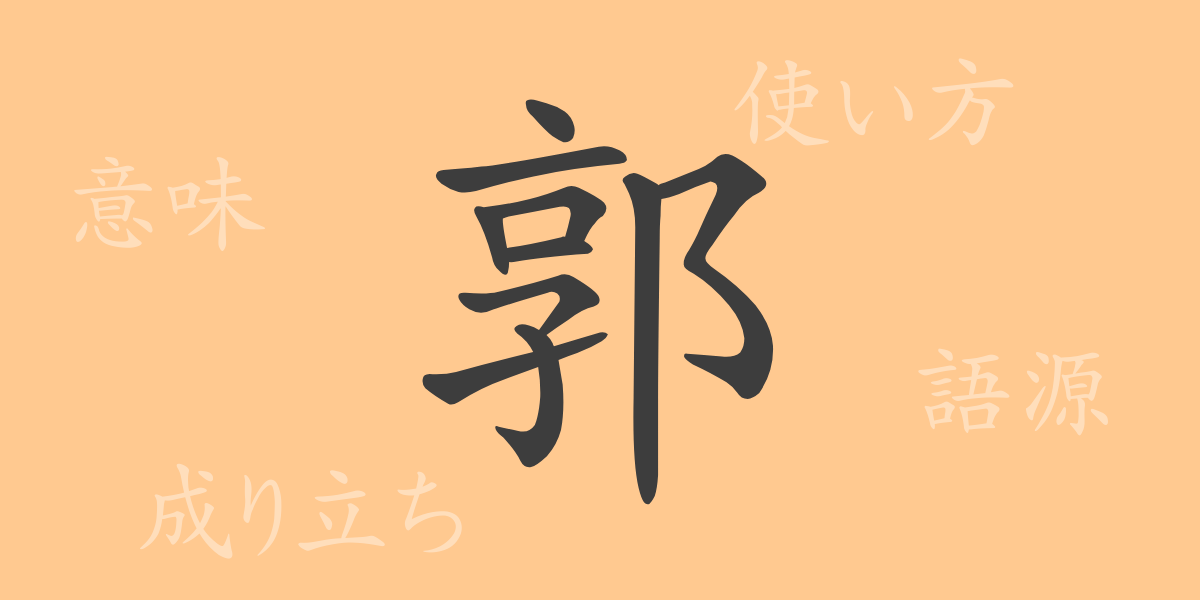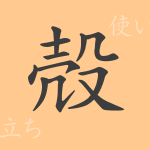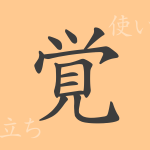Japan’s rich character culture boasts a multitude of kanji. Among them, the kanji “郭” (Kaku), which is seldom encountered in daily life, will be the focus of this article. We will explore the charm of “郭” (Kaku) from its origins to its meaning, usage, readings, and phrases, explaining from all angles. By understanding the history and meaning behind each kanji, why not deepen your understanding of the Japanese language?
The Origin (Etymology) of 郭 (Kaku)
The kanji “郭” (Kaku) originates from the structure of ancient Chinese cities, where it was used to refer to the area outside the city walls. The “郭” (Kaku) in city fortifications, denoting the area beyond the walls, came to be used to indicate ranges or boundaries as well. This kanji, also used as a surname, has a long history but is relatively rare in modern Japan.
The Meaning and Usage of 郭 (Kaku)
The kanji “郭” (Kaku) holds the basic meaning of “the area outside the city walls,” along with other meanings such as “division” and “environment.” It is also used in place names, indicating specific regions. In terms of usage, it is most commonly seen in place names, surnames, and certain phrases, but is not frequently used in everyday conversation.
Readings, Number of Strokes, and Radical of 郭 (Kaku)
Let’s take a look at the readings and structure of the kanji “郭” (Kaku).
- Readings: The on’yomi (Chinese reading) is “かく” (kaku), and there is no particular kun’yomi (Japanese reading).
- Number of Strokes: It consists of 11 strokes in total.
- Radical: The radical is “邑” (ゆう, yuu, or おおざと, oozato).
Phrases and Proverbs Using 郭 (Kaku) and Their Meanings
There are not many idioms or phrases that include the kanji “郭” (Kaku), but let’s look at a few examples.
- 郭公 (kakkou): An alternate name for the cuckoo bird. Also used in the idiom “郭公もの笑い” (kakkou mono warai) to describe mocking laughter.
- 郭外 ( kakugai): A term referring to the area outside the city walls.
- 郭中 ( kakuchuu): A term referring to the area inside the city walls, or the central part of it.
Summary on 郭 (Kaku)
The kanji “郭” (Kaku), although not frequently used, is a historically significant character found in Japanese place names, surnames, and specific idioms. This character, which means the area outside the city walls, offers a fascinating glimpse into one aspect of Japan’s character culture. Through this article, gaining knowledge about the background and meaning of “郭” (Kaku) will have undoubtedly deepened your understanding of kanji. We hope this serves as an opportunity to reappreciate the richness of the Japanese language.

























